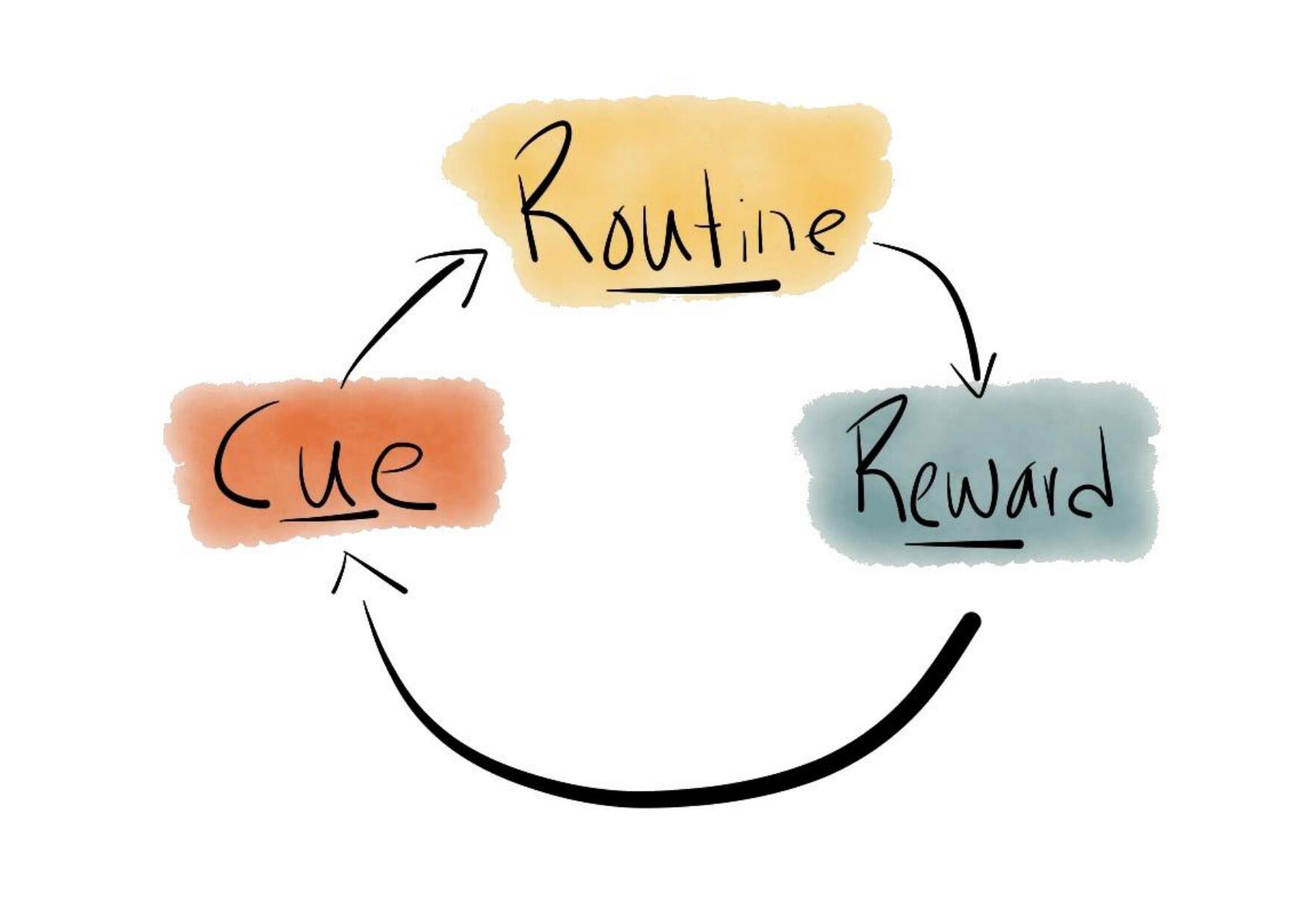Every morning I wake up and do the same thing: I drink a thermos of water. I’ve done this almost every single day for over 3 years.
At my first job out of school in advertising, I felt a massive pressure to impress our clients. When I would see emails pop up from certain clients I would get an anxious feeling. Sounds silly, I know. Yet, I felt so much pressure to impress that I feared any email could be a damaging one.
These are two examples of my habits.
A habit is a learned response to a stimulus that will bring upon a reward for us. It’s a mental shortcut that we learn so that our mind can focus on other things.
Habits are in the actions we take. They are also in what we think and even our emotional state. Studies show over 40% of our days are habitual. You are your habits.
To change your world, your outcomes, your ability to stretch your goals and feel abundant joy is contingent upon your ability to shape your habits.
Charles Duhigg is an authority on habits. He researched and coined the habit loop to deceive that anatomy of a habit and how it works.
In Duhigg’s model, there’s a 3 step loop to a habit: 1) a cue, followed by 2) a routine, followed by 3) a reward which circles back to a cue.
 All of our habits have this sane anatomy. Be it my water drinking in the morning, the way I reacted to seeing a client’s email, to teeth brushing, your car route to work – all have a cue of some kind, the response and then a reward for doing the behavior.
All of our habits have this sane anatomy. Be it my water drinking in the morning, the way I reacted to seeing a client’s email, to teeth brushing, your car route to work – all have a cue of some kind, the response and then a reward for doing the behavior.
Habits by nature are unconscious. Yet, the beauty of learning this loop is that you can use it to not only identify habits, you can shift habits as well.
Duhigg writes the “Golden Rule” of habit change is this: keep the cue & reward and change the response.
Here’s how to change any habit
Identify the habit you want to change. Ask yourself “what do I do that holds me back?”
Write out that habit on the habit loop. You know the routine – that is usually what we identify as the “habit.” (It’s the act of drinking water, it’s the anxiety from the email, etc). Sit in reflection to figure out the specific cue and then what you get from it. Hint: your reward is probably an internal feeling.
Now that you have on paper the unwanted loop, you’ll have distance from it and that distance will create a feeling like you have ownership in your actions & response.
Choose what response you’d like to do instead of the unwanted one. For example, instead of feeling anxious when I saw those emails, I wanted to feel curious as to what I’ll find inside.
You will then have, on paper, a new habit loop.
Here’s a quick exercise
Jot down a tally of when you experienced the cue over a week period. Regardless if you do the new routine or not.
In wet two, jot down how many times you did the new, wanted response successful as the result of the cue. Doing this exercise will teach you to do something different when the cue comes up.
I no longer get anxious when I see “consequential” people’s names show up in my inbox. I have changed that mental habit, which keeps me in a positive mental state or emotional state during the day so that I’m productively moving towards my goals.
Your habits do not have to remain a mystery. Now that you have this formula, it’s your responsibility to use it!

